This article was co-authored by Laura Marusinec, MD and by wikiHow staff writer, Amy Bobinger. Dr. Marusinec is a board certified Pediatrician at the Children's Hospital of Wisconsin, where she is on the Clinical Practice Council. She received her M.D. from the Medical College of Wisconsin School of Medicine in 1995 and completed her residency at the Medical College of Wisconsin in Pediatrics in 1998. She is a member of the American Medical Writers Association and the Society for Pediatric Urgent Care.
There are 22 references cited in this article, which can be found at the bottom of the page.
wikiHow marks an article as reader-approved once it receives enough positive feedback. This article received 80 testimonials and 97% of readers who voted found it helpful, earning it our reader-approved status.
This article has been viewed 5,486,135 times.
A fever is your body's natural response to fight off viruses and bacteria by weakening the germs and limiting their ability to reproduce.[1] It also helps burn away toxins and stimulates the immune system. Since a fever is the body’s preferred method for healing itself, it should only be “cured” when the body becomes too weak to handle the infection, when the fever is too high for the body to handle, or when it makes you extremely uncomfortable. While you can handle most fevers at home, you should call emergency services immediately if you also have severe dehydration with blue lips, tongue, or nails; severe headache; hallucinations or difficulty walking; difficulty breathing; or seizures.[2]
Steps
Avoid alcohol and smoking.
-
1You should abstain from drinking alcohol, whether it is beer, wine, or another drink when you have a fever, regardless of severity. Alcohol weakens the immune system, making it harder for your body to recover quickly.[22]
-
2Don't smoke. In addition to the risks of lung cancer and other respiratory diseases, smoking also suppresses the body’s immune system.[23] Smoking thus requires the body to fight harder against viruses and bacteria, which increases body temperature. It is best to avoid exposure to cigarette smoke, nicotine, and other tobacco products until your fever has reduced.
- Children (especially infants) should not be exposed to secondhand smoke, especially while they have a fever.
When to seek emergency medical help.
-
1Get emergency medical help if you are an adult with a fever over 103 °F (39 °C). A very high fever can be extremely dangerous. If your fever reaches above a temperature of 103 °F (39 °C), go to an emergency room or an urgent care facility for testing. You may need prescription medication or hospitalization.
-
2Consult a pediatrician if your child has a fever. Always consult a pediatrician before giving a child medication for a fever. Additionally, seek medical care if your child:[24]
- Is younger than 3 months old and has a rectal temperature of 100.4 °F (38.0 °C) or higher
- Is 3-6 months old and has a fever of 102 °F (39 °C) or higher
- Is under age 2 and has a fever that lasts longer than 48 hours
- Is not alert, cannot be awakened easily, has had fevers come and go for up to a week or more (even if they are not very high or if fever symptoms come back after they had gone away)
- Does not make tears when crying or cannot be calmed down when crying
- Does not have wet diapers or has not urinated in the past 8 hours
- Has other symptoms that suggest an illness may need to be treated, such as a sore throat, earache, diarrhea, nausea or vomiting, or a cough.
-
3Visit a doctor for serious cases. Though you can treat many fevers at home, there are specific situations in which you should leave the care to the professionals. Reasons to seek emergency care when you have a fever include:[25]
- Neck pain or stiffness
- Intense headache or sensitivity to light
- Confusion
- Vomiting
- Chest pain
- Trouble breathing
- Seizures
-
4Call a doctor if your fever persists. A fever is your body’s natural way to eliminate illness. But a fever that continues could be a sign of a deeper or more serious problem. If your fever doesn’t go away, even after trying to get rid of it, call your doctor. They may suggest that you seek emergency treatment or they can prescribe medication that can help.[26]
- If your fever lasts longer than 48 hours, call a doctor. It could be a sign of a viral infection.
-
5Seek emergency care if you feel signs of dehydration. A high fever can cause your body to lose fluids and could lead to dehydration. If you begin to feel symptoms of dehydration, get to an emergency room or an urgent care clinic immediately. You may need IV fluids to rehydrate.[27]
- Symptoms of dehydration include dry mouth, sleepiness, little or dark urine output, headache, dry skin, dizziness, and faintness.
-
6Visit a healthcare center if you have a pre-existing condition. If you have a disease such as diabetes, anemia, a heart condition, or lung disease and you develop a high fever, you need to get checked out by a doctor. A fever is much more dangerous if you already have a condition that could be exacerbated by a fever.[28]
- If you’re concerned, call your primary care doctor to be sure of what you need to do.
-
7Talk to a doctor if you get a rash or see bruises while you have a fever. If you develop a skin rash, or you see bruises that you can’t explain and seem to have come out of nowhere, contact your doctor. It could be a sign of a serious problem with your immune system.[29]
- If the rash worsens or starts to spread, go to an emergency room.
- Painful bruises on your skin that start to get larger or more numerous could be a sign of a serious illness. Go to the hospital if you develop lots of painful bruises.
-
8Go to an emergency room if you exhibit signs of a caffeine overdose. Caffeine can be dangerous if you have a high fever and your body is dehydrated, so you should avoid consuming any at all. But if you do drink coffee or tea and you start to exhibit symptoms of caffeine overdose, go to an emergency room immediately.[30]
- Caffeine overdoses exhibit symptoms such as nausea, vomiting, chest pains, convulsions, hallucinations, and loss of consciousness.
-
9Differentiate between a fever and other activities that raise body temperature. Physical activity, mood swings, hormonal changes, irregular or heavy eating, tight or heavy clothing, medications, and exposure to high temperatures can also increase your body temperature. If you suspect you have heat stroke, seek medical care immediately.[31]
Warnings
- If your fever exceeds 103 °F (39 °C), seek medical attention.[32]⧼thumbs_response⧽
References
- ↑ http://www.nlm.nih.gov/medlineplus/fever.html
- ↑ http://www.mayoclinic.org/diseases-conditions/fever/basics/definition/con-20019229
- ↑ https://www.bphc.org/whatwedo/infectious-diseases/Infectious-Diseases-A-to-Z/Pages/Fever-in-Children.aspx
- ↑ https://www.mayoclinic.org/diseases-conditions/fever/diagnosis-treatment/drc-20352764
- ↑ https://www.mayoclinic.org/diseases-conditions/fever/diagnosis-treatment/drc-20352764
- ↑ http://healthysleep.med.harvard.edu/healthy/matters/consequences/sleep-and-disease-risk
- ↑ https://www.mayoclinic.org/diseases-conditions/fever/diagnosis-treatment/drc-20352764
- ↑ http://www.mayoclinic.org/diseases-conditions/reyes-syndrome/basics/definition/con-20020083
- ↑ https://www.ncbi.nlm.nih.gov/books/NBK279453/
- ↑ http://indianapublicmedia.org/amomentofscience/how-to-blow-your-nose/
- ↑ http://indianapublicmedia.org/amomentofscience/how-to-blow-your-nose/
- ↑ http://www.urmc.rochester.edu/encyclopedia/content.aspx?ContentTypeID=1&ContentID=4543
- ↑ http://www.urmc.rochester.edu/encyclopedia/content.aspx?ContentTypeID=1&ContentID=4543
- ↑ https://www.mayoclinic.org/diseases-conditions/dehydration/symptoms-causes/syc-20354086
- ↑ http://www.mayoclinic.org/healthy-lifestyle/nutrition-and-healthy-eating/in-depth/water/art-20044256
- ↑ http://www.aafp.org/afp/2009/1001/p692.html
- ↑ http://www.aafp.org/afp/2009/1001/p692.html
- ↑ http://www.nlm.nih.gov/medlineplus/ency/patientinstructions/000319.htm
- ↑ http://www.aafp.org/afp/2009/1001/p692.html
- ↑ http://www.aafp.org/afp/2009/1001/p692.html
- ↑ https://www.mayoclinic.org/healthy-lifestyle/nutrition-and-healthy-eating/in-depth/caffeine/art-20045678
- ↑ http://www.niaaa.nih.gov/alcohol-health/alcohols-effects-body
- ↑ http://www.ncbi.nlm.nih.gov/pubmed/19109742
- ↑ http://www.mayoclinic.org/diseases-conditions/fever/basics/definition/con-20019229
- ↑ http://www.mayoclinic.org/diseases-conditions/fever/basics/definition/con-20019229
- ↑ https://www.mayoclinic.org/diseases-conditions/fever/symptoms-causes/syc-20352759
- ↑ https://www.emedicinehealth.com/dehydration_in_adults/article_em.htm
- ↑ https://www.verywellhealth.com/when-to-see-a-doctor-for-a-fever-770768
- ↑ https://www.mayoclinic.org/diseases-conditions/fever/symptoms-causes/syc-20352759
- ↑ https://www.healthline.com/health/caffeine-overdose
- ↑ https://www.mayoclinic.org/healthy-lifestyle/fitness/in-depth/exercise/art-20048167
- ↑ http://www.mayoclinic.org/diseases-conditions/fever/basics/definition/con-20019229
About This Article
To cure a fever at home, drink a glass of water every 2 hours, which will help keep your temperature down. You can also lower the temperature of the room you're in by opening a window or turning on the AC since high temperatures make fevers last longer. Try taking a 10-minute warm shower to regulate your body temperature so your fever goes away faster. If your fever persists, take a fever-reducing medication like ibuprofen or acetaminophen and go to sleep so your body heals quicker. To learn more from our Doctor of Medicine co-author, such as how to change your diet to reduce your fever, keep reading!


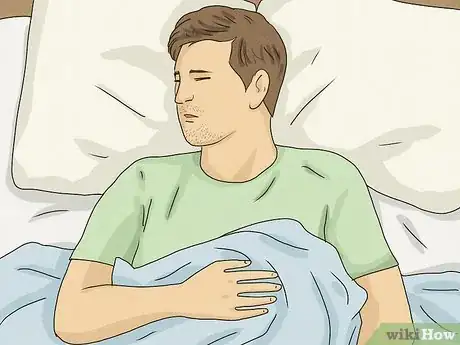


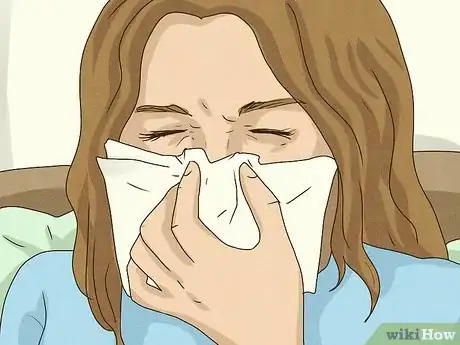

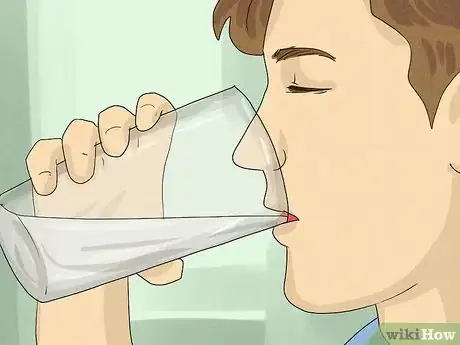
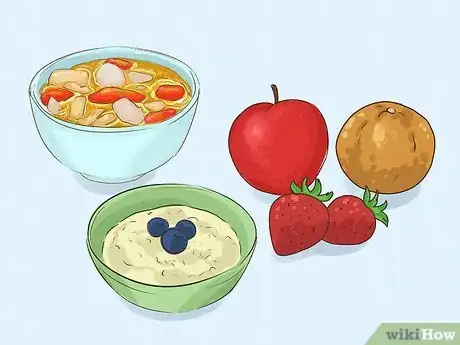
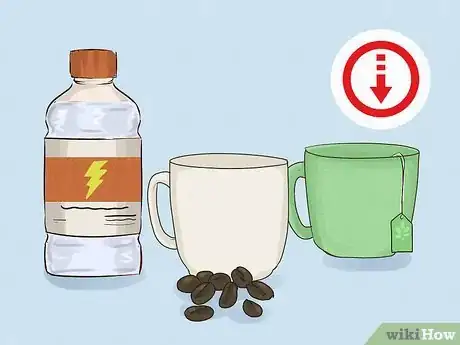
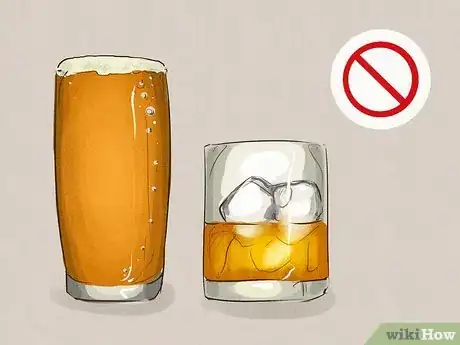
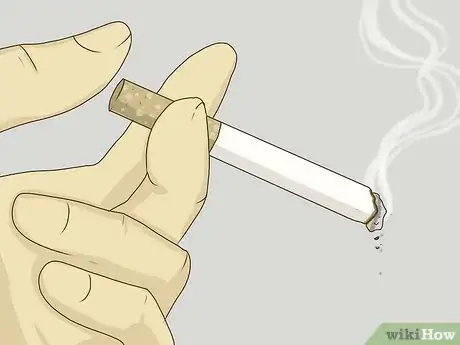
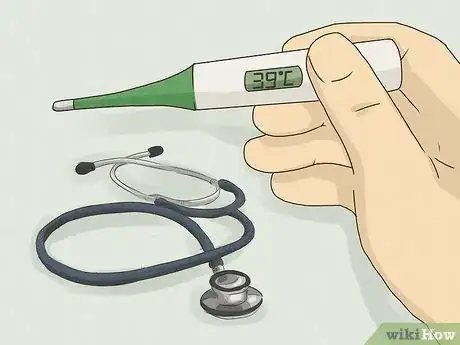
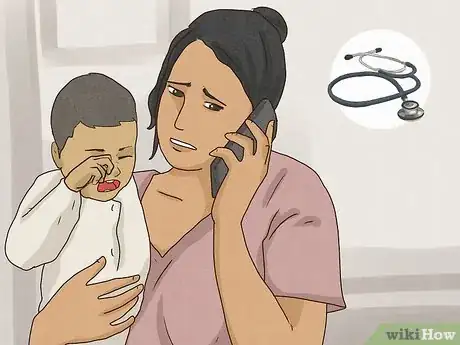
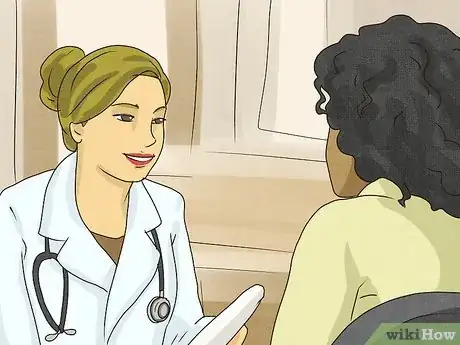
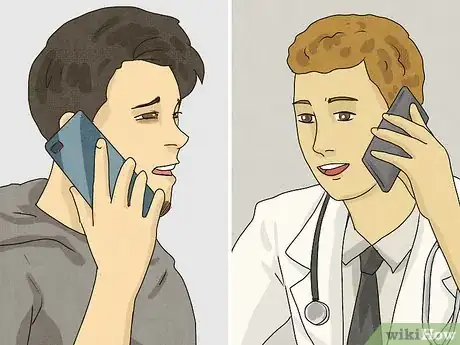
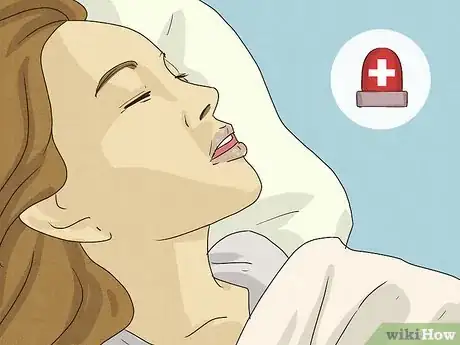
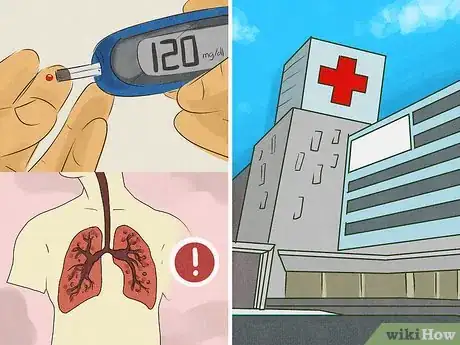
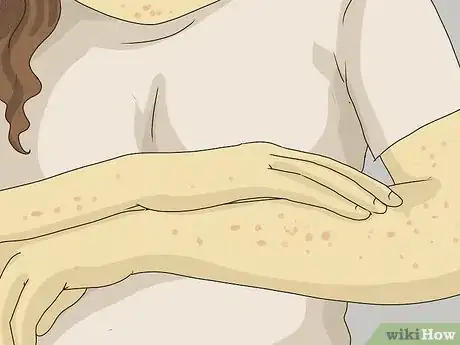

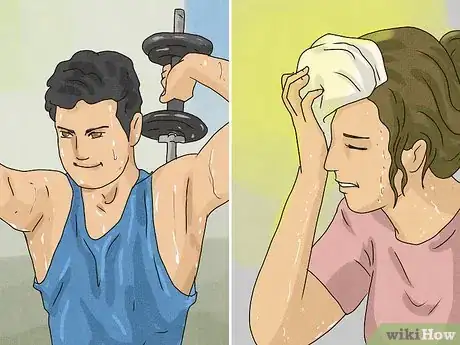


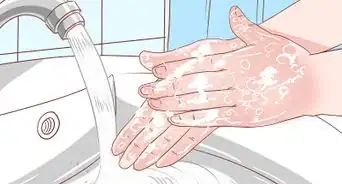


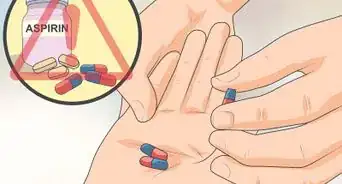
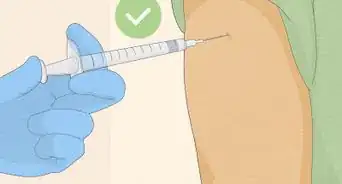
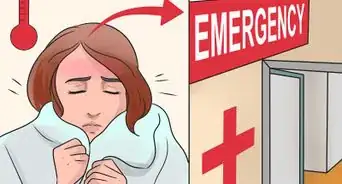
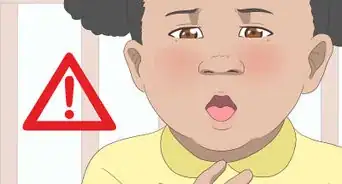
















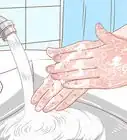




































Medical Disclaimer
The content of this article is not intended to be a substitute for professional medical advice, examination, diagnosis, or treatment. You should always contact your doctor or other qualified healthcare professional before starting, changing, or stopping any kind of health treatment.
Read More...